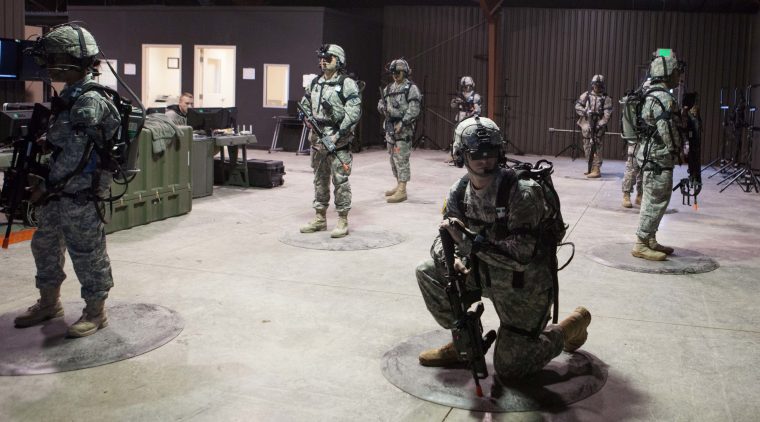
Since World War II ended, military technology has developed as if without limits. Every day it seemed as if a new weapon system was getting more sophisticated and deadly. However, some of the military technology we know today was created during World War I and still developed until now. Especially USA today which is getting stronger and stronger because of huge amount of its military budget.
5 Military Technology from World War I
The technology created in world war I then developed until now. The most crucial invention of military technologies always began when the first technology invented. Then, the invented technologies are developed to be more sophisticated each year up until now. Here are some military technology found in World War I and being developed until now. These technologies are still in operation and some of these technologies invented even used in human daily activities now.
- Tanks
Undeniably, tanks are one of the most recognizable symbols of the development of military technology in the 20th century. Tanks were developed in secret by allies during World War I and were originally referred to as “land ships”. To maintain an element of surprise, the Allies called this new war machine “The Water Bearer”, before getting the name “tank”. To this day, tanks are still used in many military conflicts around the world. Although design and technology have continued to evolve over the past century, tanks are an innovation that has its roots in World War I. See Unmanned Aircraft (DPA) Photo
- Drone
Drone is widely used by civilians in USA today. However, this controversial weapon of war in the 21st century also has its roots in World War I. In 1916, the United States Navy began developing a prototype drone bomber, although at first it was very ineffective. Early attempts yielded unsatisfactory results with poor shooting accuracy being a major problem. As a result, interest and funds to develop this project dried up, and initial efforts to develop drones were stopped. Years after that, John Stuart Foster Jr, a fan of airplane modeling, used his hobby to develop a new weapon. In 1973, the US Defense Technology Research Agency created two drone prototypes that, although still “primitive”, form the basis for today’s drone technology.
- Aircraft Carrier
Five years after the first aircraft launched from the deck of ships, World War I demanded new innovations in air warfare. Even though they managed to fly the plane from the deck of the ship, no one had ever landed it again because no special ship was built for this purpose. Britain, it turns out has built a new warship armed with a very powerful 18-inch cannon. The British Navy decided that the cannon was too strong and would likely damage the structure of the ship called HMS Furious. Thus, another function had to be created for the warship. Then a large anvil was installed on the deck of the ship. The existence of this runway allowed the HMS Furious to become the first ship that could be used to fly and land airplanes. See Photo A reconnaissance aircraft during World War I. (war history online)
- Pilot communication system
Until the beginning of World War I, there was no system that allowed pilots to communicate with bases on the ground. After the plane was airborne, communication between the pilot and the base was immediately cut off. Originally created a communication cable to solve the problem, but the existence of the cable was very easy for the Germans to detect. The solution was to develop radio technology and for the first time used by combat pilots in World War I. In 1917, the first-time sound could be transmitted from pilots on the air to officers on the ground. This is a breakthrough not only in military technology but also for current air traffic control systems.
- Machine Gun
the Gatling rifle was the only model that was almost the same as a modern machine gun in USA today. However, the Gatling rifle could not be used on the European battlefield, which at that time was mired in a static trench warfare. Something more effective and portable was urgently needed and a solution was the Vickers machine gun. Although the machine gun initially required six people to operate, the Vickers rifle proved effective when used in combat. Vickers quickly gained a reputation as an environment on which soldiers could rely heavily.
